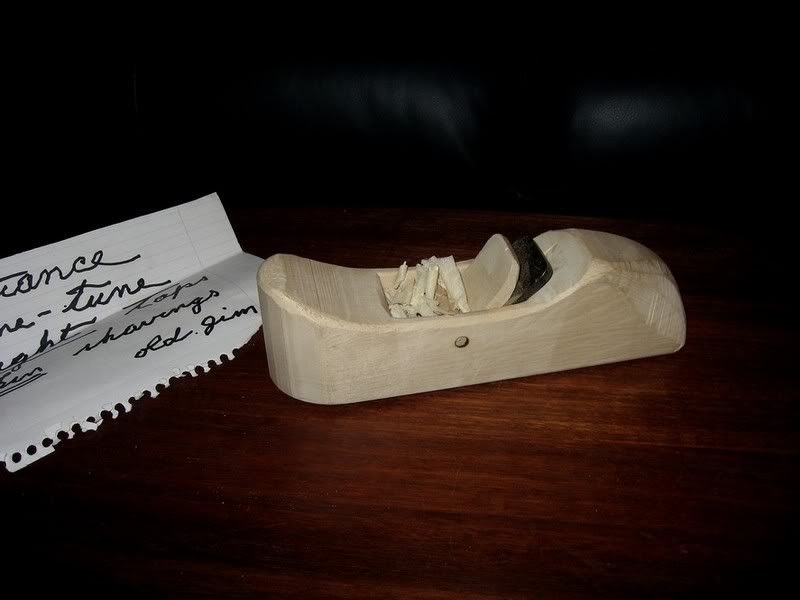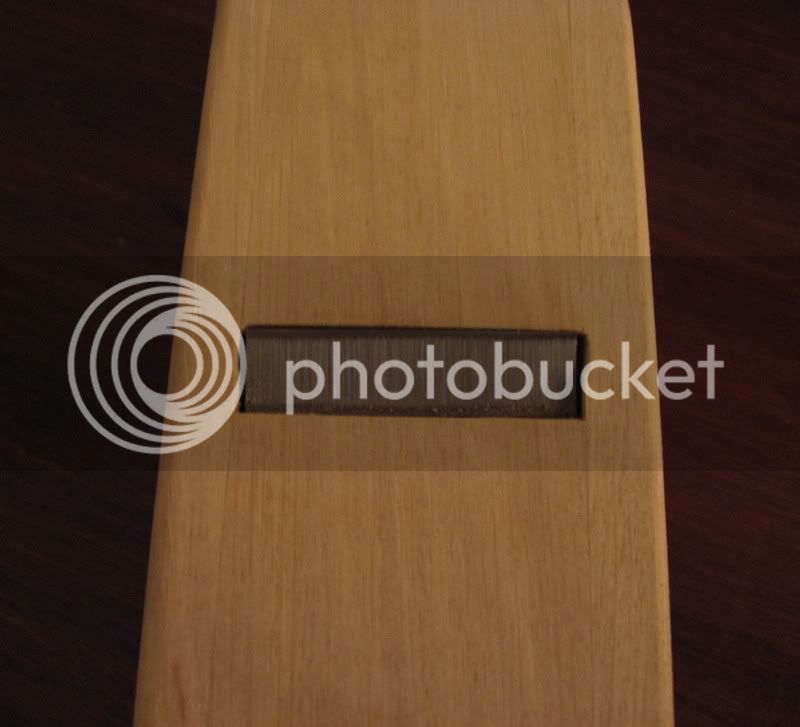CStanford":2qmd5bij said:1) Hone the iron
2) Take a light cut
3) Set cap iron close until the plane stops cutting.
4) Then move it back a hair.
5) Have another strategy for curves, modern thin veneers, and those times when 1-4 won't work.
You're welcome.
All of this has been in Planecraft since the 1920's and later through six or seven editions and special reprints.
I can't help but think of the surfaces that James Krenov, Art Carpenter, Alan Peters, Jere Osgood and those of that era were (are in the case of Osgood) able to achieve. They look(ed) damn good to me. Not sure how they did it, exactly, but I think it involved other tools and techniques than a hand plane only approach. It had to on the curved work, yet quality appears not to have suffered.
We're losing perspective, gentlemen. People who can barely work wood (compared to those in the list above) have somehow become standard setters and 'experts.' It's absurd. It's like Van Gogh following the lead of an eight year old with a box of crayons and a coloring book. Ridiculous. On. Its. Face.
What you set is a scorched earth cap iron setting that would take a while to do, take only a light cutting, and not representative of practically setting the cap iron which can be summed more easily by more vague terms (which is what Warren does, and why people get upset because they want a recipe list like you provided).
When the cap iron stuff started happening publicly, Bill Tindall and I mentioned behind the scenes that we expected that either nobody would pay attention to it or all of the sudden people would start looking in texts for past references and claim that they knew it all along. Turns out to be the latter. Like this.
Except that someone who uses the cap iron a fair amount would know that what you referenced isn't a very practical method, it's time consuming and it ignores the bulk of work where the cap is more useful, and a setting where it is less intrusive (and generally more useful).
Only warren ever described an accurate but vague method for setup, and quickly helped when I started posting findings (as in, there's no setting a cap iron until the plane doesn't cut - that's the kind of thing you'd do on day one in a beginner's class to show people that a plane will not cut if the cap is set on the edge of the iron).
The only legitimate in practice reference I've seen (but it was after the fact) was that someone mentioned graham blackburn discussing the cap iron in a class. Apparently, the people that took the class were too dense to ever mention what they'd seen.
I'm still waiting for the pre-2012 mentions by anyone about setting the cap iron, because mostly the response to warren was verbal assault for trolling about the cap iron. Charlie, you've been on forums for probably a dozen years or more, and many have permanent archives. I'm sure you can bring up an example of what you put above talking about using the cap iron before 2012, right?
And most of the references since have been people saying they know how to use a cap iron, but they use something else to finish wood when it's difficult or slow to use a plane. Warren has a line for that, and it's accurate.






